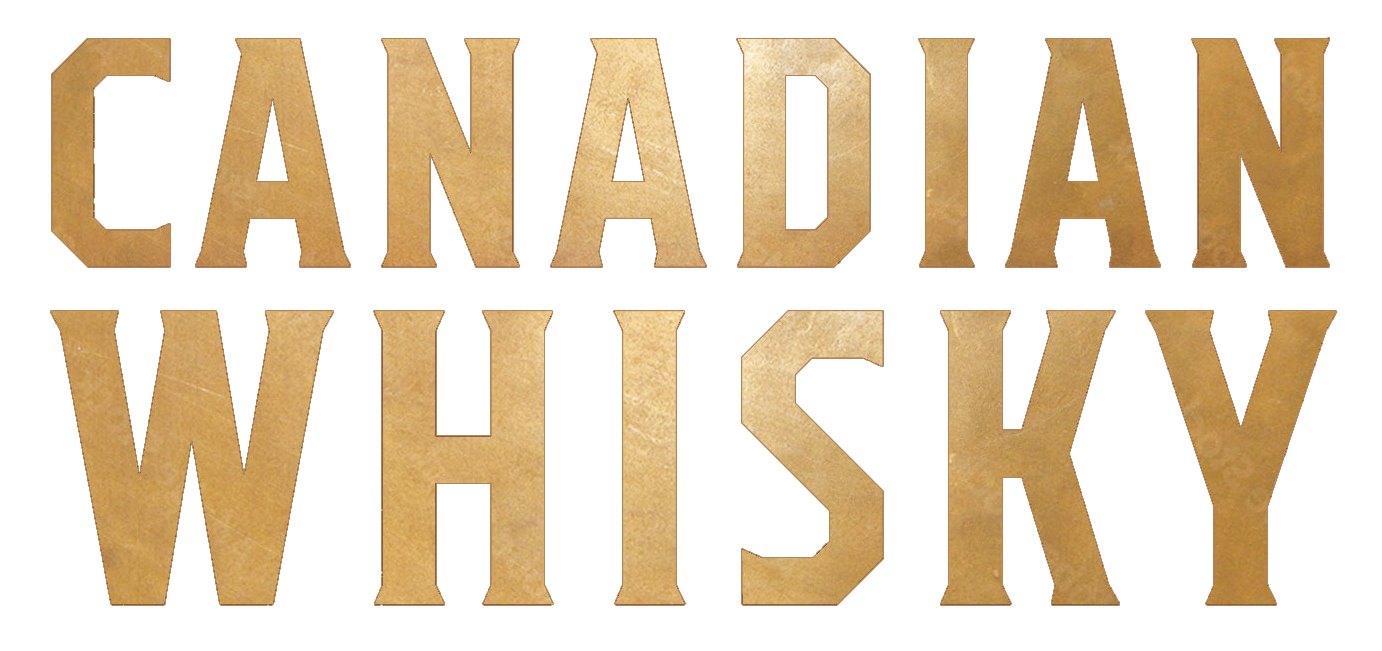Dunedin DoubleWood- Ghost of Whisky Makers Past
Long-lost child of Canadian whisky empire returns
A long lost child of the largest empire in Canadian commerce is coming home.From the vestiges of the world’s southern-most whisky producer in New Zealand - once a far flung outpost in the Seagram’s realm - the rare and acclaimed Dunedin Distillery 10 year old DoubleWood has landed on LCBO shelves.Crafted from the pure, clean ingredients which the Land of the Long White Cloud is famed for, the distinctive Dunedin DoubleWood is turning heads. Leading UK whisky writer, Dominic Roskrow recently described DoubleWood as an “exciting new flavoured whisky.” Roskrow tasted the whisky in the Wizards of Whisky Worldwide Awards, where it won silver. This followed Gold Medal success for the DoubleWood at the Mid-West Whisky Olympics in Chicago, where it was proclaimed World’s Best Blend.According to UK whisky authority, Charles Maclean, DoubleWood “noses and tastes older than its 10 years. A distinctive, pleasant nose which combines scented face cream with light rosé wine and later some sandalwood.”Seagram’s – the Canadian company that was once the largest distiller of alcoholic beverages in the world – owned the Dunedin distillery in New Zealand’s far south for over 20 years. It is from Dunedin that DoubleWood hails.“The distillery flourished under Seagram’s” said long-time worker Cyril Yates. He began as a teenager and worked at the distillery for 24years. “But in the late 1990s, Australian brewer Foster's bought it, and for some unknown reason, soon after closed us down. And just as I was due a 25-year long-service trip to Ontario to visit the Seagram’s museum!” Cyril grimaces. It’s easy to hear the frustration in his voice as he describes the Australian-orchestrated closure, further fuelling the ANZAC rivalry.The closure marked the end of a chequered distilling history in New Zealand that began with Scottish settlers in the 1800s and encountered numerous setbacks along the way. These included prohibition, interference by Scottish banks in the 1870s when they agreed to finance New Zealand’s railways only if the local whisky was wiped out, and onerous government regulations which ensued.When the distillery closed, the barrels of whisky that were left behind were sold to a wine company. The owners of the wine company knew well enough to leave the single malt quietly maturing. However, ingeniously they decanted the whisky into red wine barrels to add character and give it a rich ruby red colour. This technique is now being copied back in Scotland where it is called “finishing.” The whisky has sat in those barrels, ageing and sweetening, in a seaside South Island bondstore ever since. It is the influence of the red wine barrels which gives the whisky a cream soda, almost bubblegum-like soft & sweet explosion across the palate.Two years ago, Greg Ramsay, a young whisky enthusiast and golf entrepreneur from the tiny Australian island of Tasmania bought those 443 barrels (75,000 litres of cask strength whisky). Greg has worked and travelled extensively across Canada.“I worked with a French Canadian name Eric Golden in St. Andrews. He taught me lots about whisky and golf and chasing girls, I’ve been returning for his guidance ever since – increasingly on whisky, less on girls – and our golf hasn’t improved much either,” Greg grins.“Eric introduced me to the delights of Canadian whisky, and to Alex Mesbur from Toronto, who has one of the most discerning whisky collections I’ve ever seen. Alex came to visit our distillery just recently. Then there’s Ed Patrick, who runs one of the great whisky communities, the Companions of the Quaich, so I know how discerning the Canadian market is.”Greg set about re-branding & bottling the whisky as part of a plan to revive the New Zealand whisky industry. “The success of Glenora Distillery in Nova Scotia really inspired me as to what could be achieved in Tasmania and New Zealand.”Presented in some of the whisky world’s most striking and appealing packaging, Dunedin DoubleWood has been exported to Scotland, Australia, the Netherlands and now, Canada. “It was terrific for the Scots to endorse the quality of this whisky. The legendary whisky company Gordon & MacPhail were suitably impressed to become our UK distribution partner. However, the Canadian market was the ultimate.”“Tasmania’s best restaurant is run by Canadian, Kim Seagram, and she kindly invited me to honeymoon with my wife in Muskoka at the long-time home of the Seagram’s family. So its now tremendous to present this whisky back to the Canadian people who probably never knew that because their distillery was right by one of the country’s largest universities, Canada inspired a generation of New Zealand whisky drinkers! Now Ontarians can enjoy it for themselves.”Early next year, LCBO will also stock The New Zealand Whisky Collection’s 18-year-old South Island single malt. Plans are now also on the horizon to resume distilling at Dunedin.“We can’t wait for Canada’s verdict on these delicious drams,” said Mr. Ramsay. “In fact, the fate of a mothballed New Zealand industry, that was once so well nurtured in Canadian care, could once again sit with the people of Ontario. Basically, if the LCBO re-order, we’ll have to be back distilling in no time at all!”The Dunedin DoubleWood is available now at LCBO outlets. It retails for $89.95.

